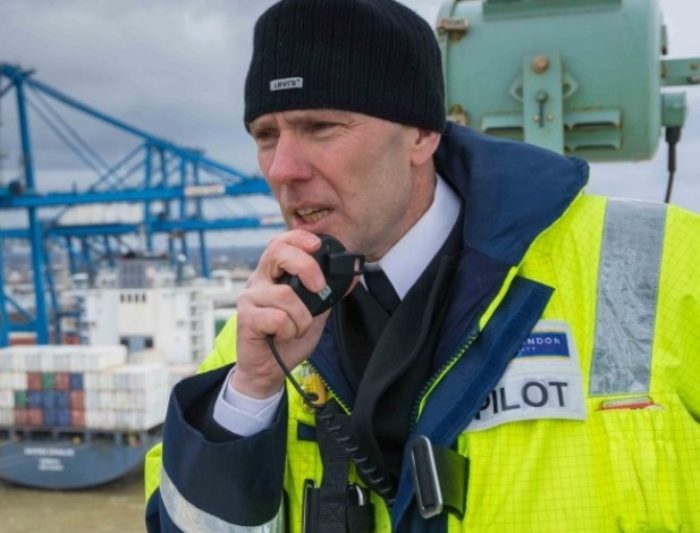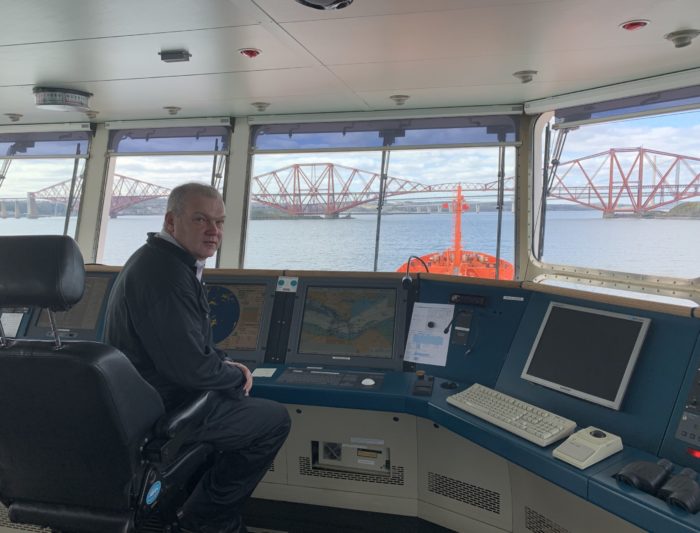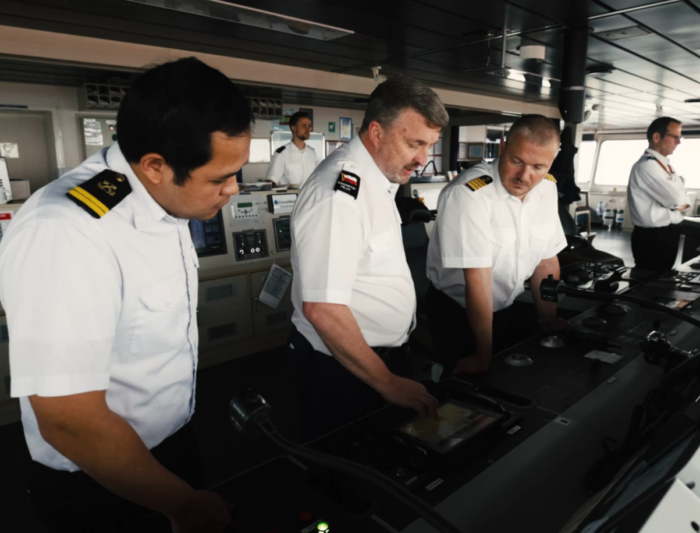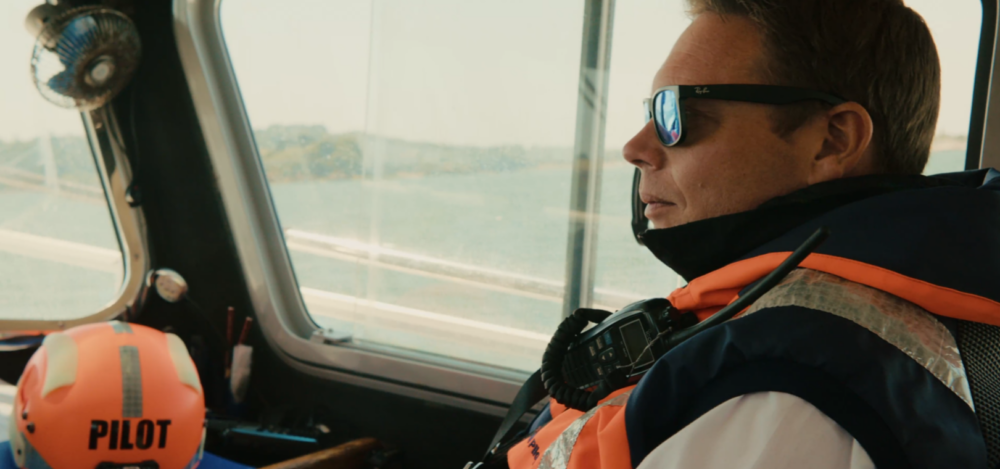


Who or what is a pilot?
The following definition was established by the Merchant Shipping Act 1894 which states that:
“Pilot means any person not belonging to a ship who has the conduct thereof.”
What does a pilot do?
Basically the pilot is a seafarer who has detailed knowledge of a port approach or dangerous navigational area, expertise in ship manoeuvring and who uses that knowledge to ensure the safe passage of a vessel twithin the pilotage district.
What is the difference between a Captain and a pilot?
The Captain (Master) always has command of the ship and thus has ultimate responsibility for the safety of the ship, its cargo and crew. The pilot (in the UK) has the legal conduct of the ship in the pilotage district and upon boarding a vessel provides a passage plan for the transit and directs the course and speed of the vessel to execute the passage plan.
Locations:
These are worldwide and the majority of pilots work within a specific port. There are however non-specific port areas where pilots work offshore. These areas tend to be either of environmental importance, (Great Barrier Reef) or areas of high navigational dangers (English Channel and North Sea) and are voluntary rather than compulsory areas.
Types of employment
Every port in the UK is individually responsible for deciding which ships are to be subject to compulsory pilotage. Pilots fall into several categories but the following represent the main groups:
· Directly employed by the port
· Self employed and contracted to provide the pilotage service to a port
· State employees.
Labour profile & Qualifications
Pilots are generally professional seafarers who have served on ships in the capacity as a senior deck officer. The majority of pilots serving the major ports of the world hold an IMO STCW II/2 Master’s qualification and have served as Captain or Chief Officer on a merchant ship (or the Naval equivalent). There are exceptions to this with some pilotage authorities recruiting and training pilots from the local community. Examples of this can be found in the USA where in many ports pilotage is a family business. In the smaller ports pilots will often be recruited from those familiar with the local waters, additionally in many such ports it is not unusual for the pilot also to be the harbour master. Reflecting this it can be said that entry qualifications for pilots will range from a general maritime qualification to a full Master’s certificate.
Employment prospects
Excellent! In most countries many pilots will be retiring in the next 10 years or so. There is currently a world shortage of qualified junior officers and this will inevitably lead to a serious shortage of pilots in the next 5 years. Salaries vary enormously due to many factors:- mainly entry qualification, size of port, pilotage area, types and size of vessels.
Outline of a pilot’s duties
The pilot’s main role is handling ships on and off the port wharfs and facilities and ensuring the safe transit of shipping in and out of port during what is recognised as the high risk element of a ship’s passage. The priority is the safety of the ship, the environment and the port facilities. Ship handling is obviously the prime skill required of a pilot but a competent pilot also needs to be able to monitor all the elements which may affect the passage and to adapt the passage plan accordingly. A high professional attitude is required in order to gain the confidence of the Master and to integrate into the ships bridge team. The responsibilities involved in handling vessels, sometimes with high risk cargoes or poor manoeuvrability and perhaps communications difficulties, in environmentally sensitive areas can induce high stress levels and the ability to keep a clear head and remain calm in moments of high tension is a desirable quality!
Pilotage is a 24-hour operation all year round and pilots normally work on rostered shifts. Since ships arrive off ports in a random manner the workload can lead to irregular sleep patterns although most seafarers used to on board watch-keeping will have no problem adapting to this.
Training
Again this varies widely and is dependent upon the size and complexity of the district. In the UK major ports training lasts from 4 – 6 months and is generally practical with trainees accompanying qualified pilots on all the different classes of ships using the port. On completion of this initial training the candidate will be examined and granted an “Authorisation” or “Licence” to pilot. The new pilot will normally be restricted to small vessels and will progress to the largest ships over a period of several years with annual assessments between grades.
The future?
Enhanced navigation systems capable of interacting with a port’s VTS will probably result in the reduction of the number of vessels subject to compulsory pilotage in port approaches. However, due to the complexities involved in ship manoeuvring and close quarters interaction with other shipping in confined port areas, pilots will doubtless remain a cost effective addition to the bridge team of a ship for the foreseeable future.
Further information:
International Maritime Pilots’ Association (IMPA): www.impahq.org
European Maritime Pilots’ Association (EMPA): www.empa-pilots.eu
PORTS: www.iaphworldports.org

